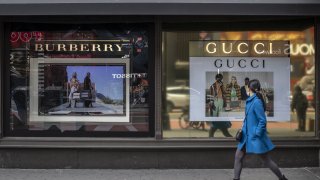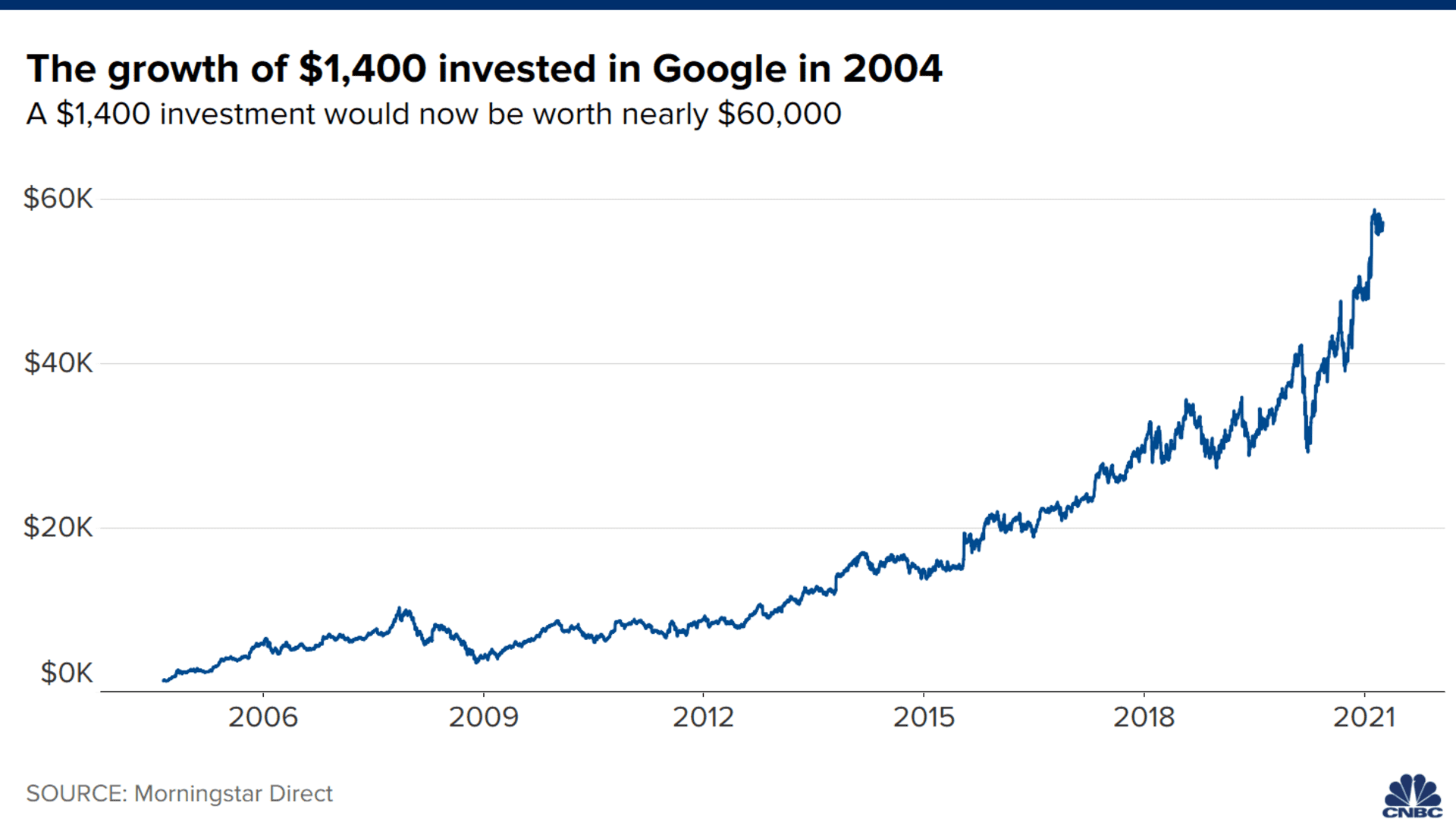
- Aspirational purchases, such as handbags, belts and footwear — particularly those with big, recognizable logos — are gaining momentum, fueled by the latest round of stimulus checks.
- But before you spend the payment, consider the benefits of investing it instead.
On any given day, the line outside the Gucci boutique at the Mall at Short Hills in N.J. winds around the second floor nearly to the escalator.
Among the shoppers waiting to enter are Gucci's typical clientele as well as new customers who just became $1,400 richer.
"Stimulus has definitely been beneficial," said Cowen & Co. retail analyst Oliver Chen.
Get a weekly recap of the latest San Francisco Bay Area housing news. Sign up for NBC Bay Area’s Housing Deconstructed newsletter.
As the economy picks up and the market notches new highs, aspirational purchases, such as handbags, belts and footwear — particularly those with big, recognizable logos — are gaining momentum, Chen said, fueled by the latest round of direct payments authorized by Congress and President Joe Biden through the American Rescue Plan.
More from Personal Finance:
The latest batch of $1,400 stimulus checks has been issued
Here’s what federal aid could be coming next
There may still be a way to claim missing stimulus checks
Like the first two direct checks, this stimulus is meant provide a stopgap for those who have been hit hard by the coronavirus crisis.
Money Report
For the most part, checks are still being used that way.
Households are spending about 25% of this third round of payments, according to the Federal Reserve Bank of New York. Specifically, 13% of the latest stimulus check is expected to go toward food and other essential items and just 8% to non-essential items. The rest will be put toward debt repayment and savings.
But, for many who have already been able to pay down debt and save more throughout the pandemic, "the stimulus check feels like free money," said consumer savings expert Andrea Woroch.
"People have this urge to go out and splurge on themselves, almost as a reward for being locked down over the past year," she said.

What Woroch calls "revenge spending" is perfectly OK, as long as there's room for it in your budget (which may mean cutting something else out).
However, Woroch generally advises against splurging on one big-ticket item. She says that building wealth is a better option.
CNBC's Jim Cramer advised that, after people pay their bills, they should put most of the money in an S&P 500 index fund. In fact, many young retail investors already plan to spend a chunk of their stimulus payments on stocks.
Here are some numbers that show why you should consider doing so, too.
The S&P 500, which is now hovering near a record high, has reaped an annual average return of around 14% over the past 10 years.
Let's say you had invested $1,400 in the S&P 500 in 2010, your investment would have grown to more than $6,200 by the end of March 2021, according to data provided by Morningstar Direct.
Go back even further and the increase is stunning: A $1,400 investment in the S&P in 1980 would now be worth over $150,000, Morningstar found.

If you took a gamble on a particular company, like Google — and could comfortably afford to lose the money — the returns would be even greater.
Putting $1,400 in Google-parent Alphabet in 2004 would leave you with over $57,000 today. Although past returns do not predict future results, Cramer says the search giant could still be your best bet. (Here are his other picks for investing your stimulus check in the stock market.)
Consider that before turning your payment into an expensive purse.






